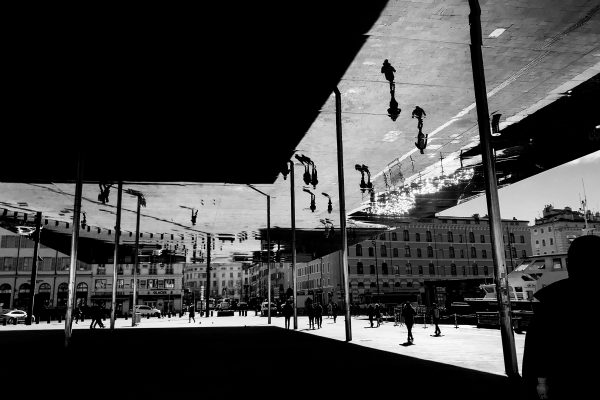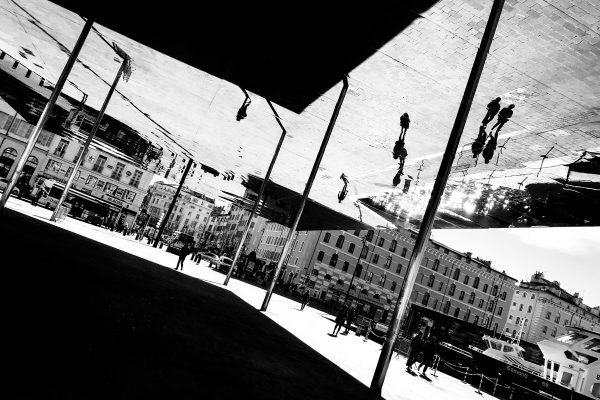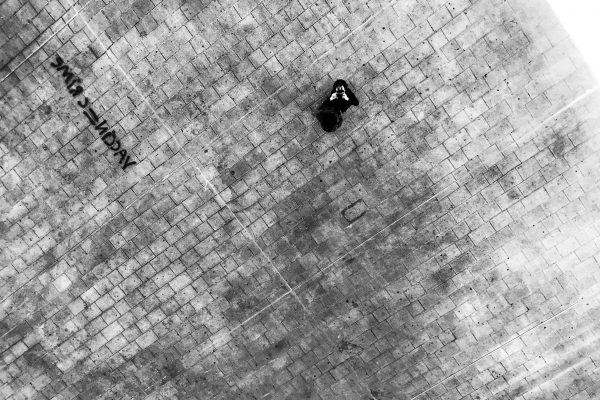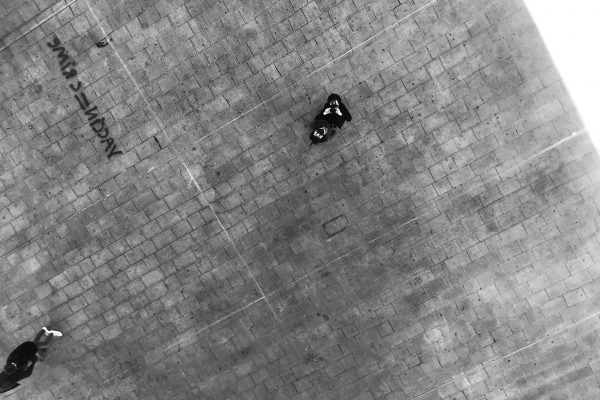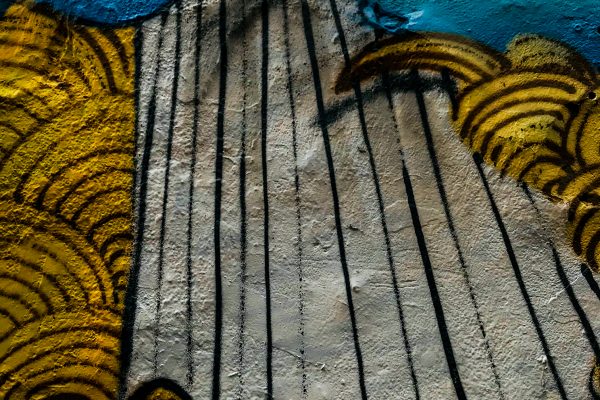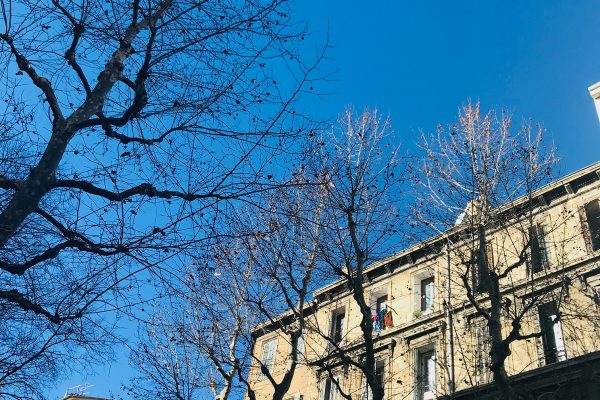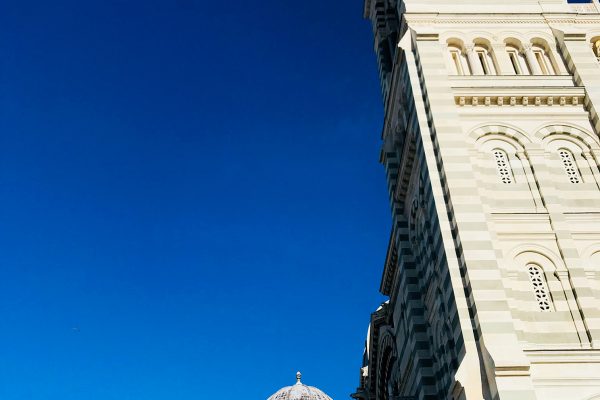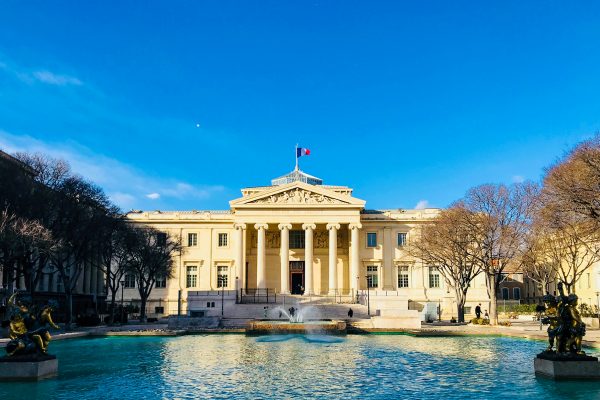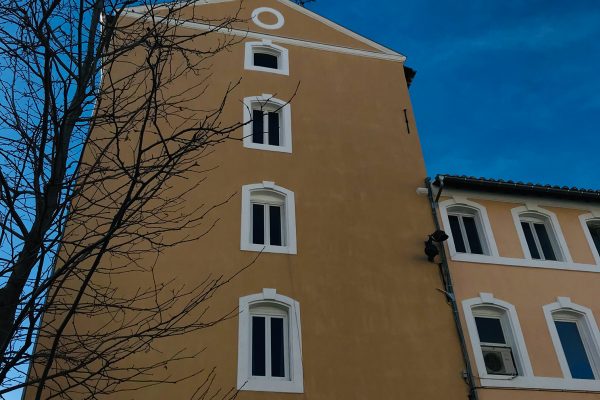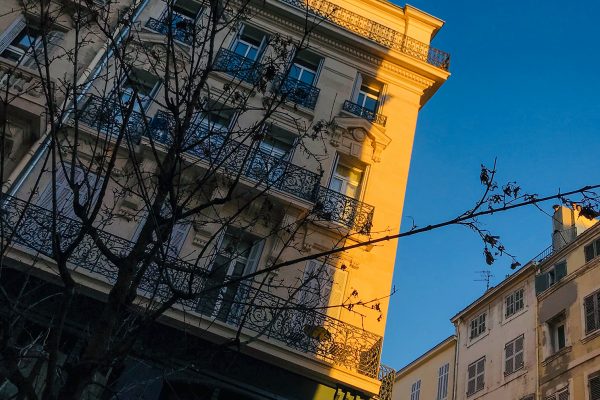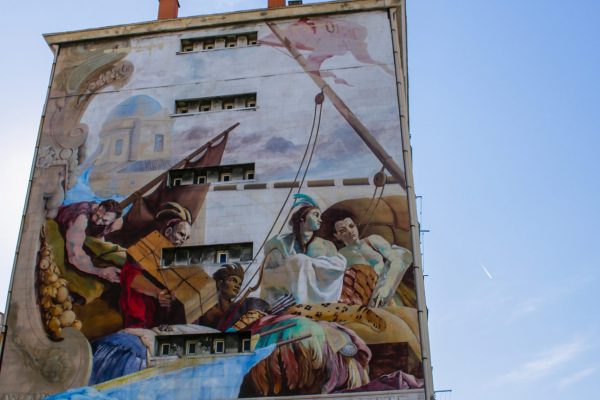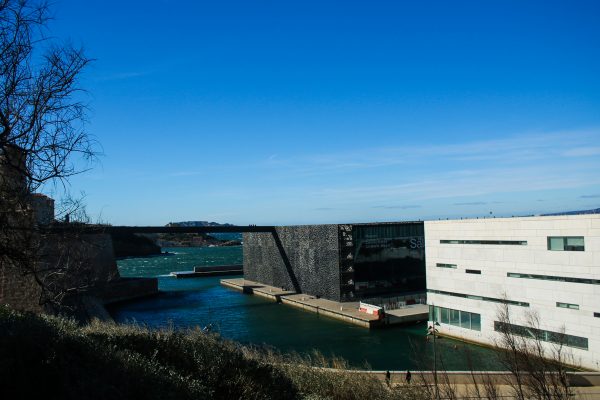“Poco diré de la singular “historia de la eternidad” que da nombre a estas páginas. En el principio hablo de la filosofía platónica; en un trabajo que aspiraba al rigor cronológico, más razonable hubiera sido partir de los hexámetros de Parménides (“no ha sido nunca ni será, porque ahora es”). No sé cómo pude comparar a “inmóviles piezas de museo” las formas de Platón y cómo no sentí, leyendo a Escoto Erígena y a Schopenhauer, que éstas son vivas, poderosas y orgánicas. Entendí que sin tiempo no hay movimiento (ocupación de lugares distintos en momentos distintos); no entendí que tampoco puede haber inmovilidad (ocupación de un mismo lugar en momentos distintos).”
Marseille is the second largest city in France after Paris. It is the main economic center and the largest metropolis in the English South,
and brings together nearly 850,000 inhabitants. It is the most important commercial center in the Mediterranean in France and in France as a whole, one of the most important in the entire Mediterranean, third in importance in Europe after Rotterdam and Antwerp, a center of important industrial activity specializing in petrochemicals and oil refining, construction Shipbuilding as various industries, it is also a communications hub where the routes between Paris, Italy, Switzerland and Spain converge. Marseille is home to an archdiocese and the University of Aix-Marseille, founded in 1409.
Today, Marseille is once again reviving, now basing its development on the economy of knowledge, research, port logistics, new technologies and digital,
a tertiary sector whose growth is symbolized by the success of Euroméditerranée, a project of urban renewal, to create an ecodistrict in the La Joliette neighborhood, including for cultural vibrancy and its own tourist sites.
impressive urban change - opening of the rue de la République and the boulevard Charles Livon, the water to the Palais Longchamp, construction of the prefecture, the Palais du Pharo, the cathedral of the Major and Notre-Dame-de-la-Garde…

latitUd a lentitUd eterna
re.fleXiOns | re.fraCtiOns
Amé cada instante fragmentado en esa línea infinita del universo,
astUta, confusa e incomprensible, eterna y etérea,
tiemplo la piel, temblor … dorsal . . . incrustadO jUsto ahí,
donde todo ocurre, donde todo existe.
y ahí si, sucede, de nuevo . . .
ellA. Ó .el. eternamente ambigUOs, contigUOs, en su aprehensiÓn temporal de lo in.Saciable,
in. jUsta medida, su mOrdacidad, sU tiempO.
grafitOs
street art and street murals in MarS.eille
Cours Julien | Le Panier | La Friche de la Belle de Mai | Parque Borely
Pasajes bohemios, intrincados callejones, grafitadas fachadas por la influencia del tiempo, entre pasarelas paralelas, trashumantes, afluentes y efluentes fluctuantes, pigmentan lo invisible, para hacerlo visible en el retrato del cotidiano trasegar.
multiChrome . chrOniqUe
France has one of the most important architectural traditions in Europe, with periods of great splendor such as Gothic, Classicism or Rococo, which have given rise to styles of French origin widely spread throughout the world.
France has been a pioneer in the protection of architectural heritage and has the largest world heritage after Italy, with 44,236 properties declared historical monuments (year 2012) and 13 buildings individually declared a World Heritage Site.
The monumental heritage of Marseille is as great as it is unknown. Entire neighborhoods such as Le Panier, the Vieux Port or the avenue de la Canebière; buildings such as the ever-present basilica of Notre Dame de la Garde that dominates the city, the fort of Saint-Nicolas, the Château de St Jean, the cathedral La Majeur; Museums such as those housed in the Palais de Longchamp or the Charité are just a sample of what Marseille has, hides and conceals. Come and see, begin to discover the city.
Center of Marseille life for 26 centuries, the Old Port is a true haven of calm in the midst of the turmoil of Marseille. Around 600 BC, the Greeks from Phocea landed here. Until the construction of the modern port, this was the nerve and commercial center of the south of France.
La Unité d’Habitation de Marsella
Due to the destruction in France, in the post-war period an alternative is presented: check and try to change the urban scheme and the distribution of residential areas, in relation to the sources of work, anticipating inconveniences; or continue with the current planning and distribution, technically correcting the problems found. In 1944, the Ministry of Reconstruction and Urban Development was organized, which deals with both urban and rural planning and subsidized construction.
For Le Corbusier, the end of the war meant “the starting point for the full-throttle start of the reconstruction of Europe. [“There are ruins, fallen stones, frustrated ideas. The universal forge is working at full speed. It is necessary to give him work! We must create the elements, the tools of happiness, the equipment for a modern world!”] – Le Corbusier.
Le Corbusier marked a magnificent milestone in modern architecture, master of rationalist architecture; who defined architecture as “the wise, correct and magnificent game of volumes assembled under light…; cubes, cones, spheres, cylinders and pyramids are the great primary figures that light shapes





